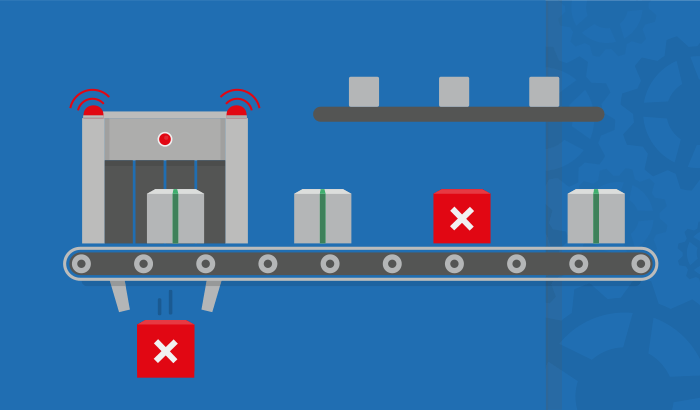
Quality Assurance departments and QA consulting companies across the world have seen a resurgence in the way testing is done thanks to software test automation. It serves as a smart and effective way to conduct testing. Software test automation is a practice where specific tools are used for the automatic execution of a number of pre-configured tests that are required to ascertain the functionality and performance of a software. To add to that, it also helps QA technicians perform regression tests with greater speed and accuracy.
What test automation is, in essence, is the end-to-end automation of a number of tests and support functions that are related to performing such tests. It is also easier for QA technicians who are experienced in developing automation scripts to make use of test automation effectively. But with the utilization of codeless test automation tools, you don’t need to be experienced in automation scripts to conduct functional and non-functional tests. This is especially good news for non-technical testers who can perform these tests with a little bit of training and with more ease.
How much does this boil down to the success of test automation?
Test automation is incredibly important if you’re looking to maintain a streamlined CI/CD pipeline to ensure a high-quality build and frequent releases.
Businesses can have the following benefits with the success of Test Automation:
- Quicker time-to-market
- The optimized total cost of operations
- Higher ROI
- A bug-free Application
- Better Customer Experience
- Frequent Updates
And much more…
So why do some QA consulting companies fail at test automation if it can have so many purported benefits? Today, we’ll be looking at a few reasons as to how most businesses fail.
The 5 biggest and most common problems leading to test automation failure:
1. Too much automation isn’t always good
As the popular saying goes, “Excess of everything is bad,” which is why QA experts and corporations must in the least costs avoid automating it all. The temptation of automating all kinds of tests and their supporting functions lures us all. However, what separates the experts from novices may be a well-thought strategy.
The goal is to check quickly and effectively with superior outcomes. When drafting the larger Test Automation strategy, carefully consider together with your team, whether automation will mitigate risks or increase the probabilities of failure. Automating the incorrect things can land your team into a way bigger soup than eliminating pesky bugs from the software. Therefore, it’s imperative to believe experts to require this initiative right for you.
2. Trying to achieve a 100% test coverage too soon
You must make sure that each test functions separately from the previous and the one that precedes it. This makes sure that the entirety of the testing process goes as planned and without problems even if some of the tests can fail to complete on their own. The main goal behind this is to preserve the utilisation of agile testing.
3. Relying completely on a single ever-expanding test case
Do not put all your eggs in one basket when it comes to testing suits. It’s important to remain narrow and focused. The test suit should specialise in testing the functional or non-functional aspect it had been intended for. When using the test automation tool, it’s important to thoroughly examine your test suit that supported the client requirements. Simply, rushing in to suit everything into an expanding test suit will complicate the activity.
4. Utilising improper tools without proper training
Making use of improper tools or the correct set of tools without ideal training can end up in the failure in your overall test automation execution. To attenuate the time of coaching for workers, a codeless test automation tool can further ease the task of getting superior outcomes.
5. Failing to make use of a well-structured DevOps approach
Test Automation and DevOps often go hand-in-hand. It’s crucial to foster a culture of openness between multiple teams and departments. When roles and accountability of various members within the team are clearly outlined in a transparent manner, it becomes easier to unravel complex challenges during a faster time. This is often very important to keep pace with the speed and scale of test automation.
To conclude, your overall test automation strategy must account for the proper set of tools, focused yet detailed test cases, and therefore the ability to hide a good sort of environment within the activity. The success of any Qa consulting company’s Test Automation results in a superior application that keeps reaping rewards for the longer stride.
Tech World Times (TWT), a global collective focusing on the latest tech news and trends in blockchain, Fintech, Development & Testing, AI and Startups. If you are looking for the guest post then contact at techworldtimes@gmail.com

